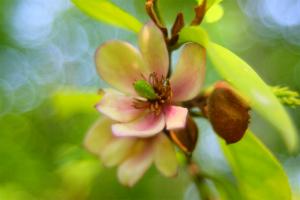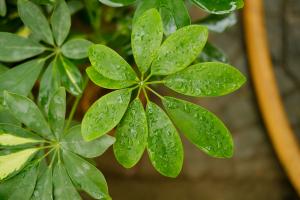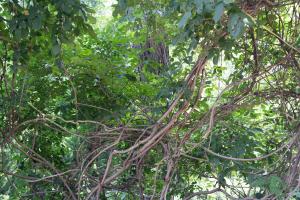There are two types of fertilizers commonly used
(1) Organic fertilizer. It is usually divided into animal organic fertilizer and plant organic fertilizer. Animal organic fertilizer includes human excrement and urine, feathers, hoof horns and bone meal of livestock, waste of fish, meat and eggs, etc. Plant organic fertilizer includes bean cake and other cake fertilizer, sesame paste residue, weeds, leaves, green fertilizer, Chinese herbal medicine residue, distiller's grains, etc. These two kinds of fertilizers are slow effect fertilizers with complete nutrients and long fertilizer efficiency. They can only be applied after fermentation and decomposition before use.
(2) Inorganic fertilizer. It is a fertilizer rich in mineral nutrients made by chemical synthesis or processed from natural ore. For example, nitrogen fertilizer includes urea, ammonium sulfate, ammonium chloride, ammonium nitrate, etc. Phosphate fertilizer includes calcium superphosphate, phosphate rock powder, etc. Potassium fertilizer includes potassium chloride, potassium sulfate, etc. The effect of chemical fertilizer is fast, but the fertilizer content is simple; Fat violence, but not lasting. Except for phosphorus fertilizer, chemical fertilizer is generally used for topdressing.

How to make fertilizer
In daily life, there are many wastes that can be used to make fertilizer:
(1) Soak liquid fertilizer. Put waste vegetable leaves, melon and fruit skins, chicken and fish into the water, fish scales, waste bones, egg shells and moldy food (peanuts, melon seeds, beans and bean flour *) in a small jar (or small jar), add water and sprinkle a little trichlorfon, cover it tightly, and use it after high-temperature fermentation and ripening. When in use, take its supernatant and dilute it with water before application. The above wastes can be mixed with some old culture soil, added with some water, put into large plastic bags, tied tightly and placed for a period of time, and used after fermentation.
(2) Waste composting. Dig an earth pit at an appropriate place, with a depth of 60cm ~ 80cm and a cushion of 10cm ash. Put rotten vegetable leaves, livestock viscera, fish scales, chicken and duck dung, eggshells, meat waste and broken bones into the pit, sprinkle some pesticides, cover it with a layer of garden soil about 10cm thick, and keep the pit moist to promote the maturity of fertilizer. It is best to pile it in autumn and winter. When it is heated and decomposed in spring and there is no odor gas, it can be added into the culture soil as base fertilizer; The 4mm sieve can also be used to knead into pellets when it is wet. The fine one can be used as Topdressing and the coarse one as base fertilizer.


 jackfruit
jackfruit snake plant
snake plant hibiscus
hibiscus hydrangea
hydrangea lavender
lavender Green roses climb al...
Green roses climb al... If you don't pay att...
If you don't pay att... Management of four g...
Management of four g...
































